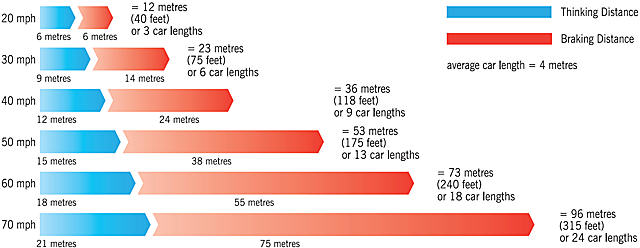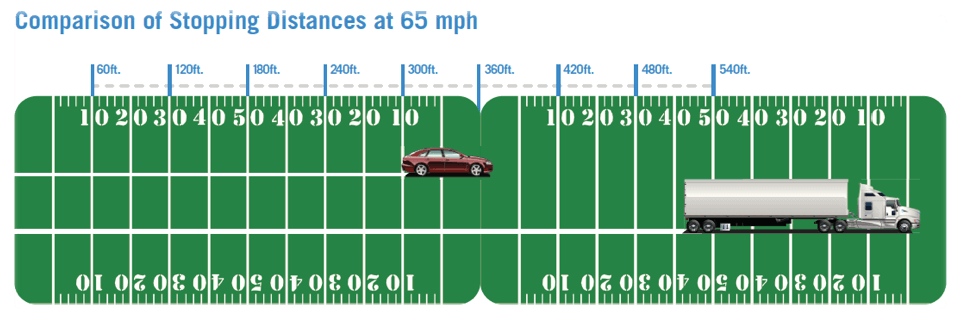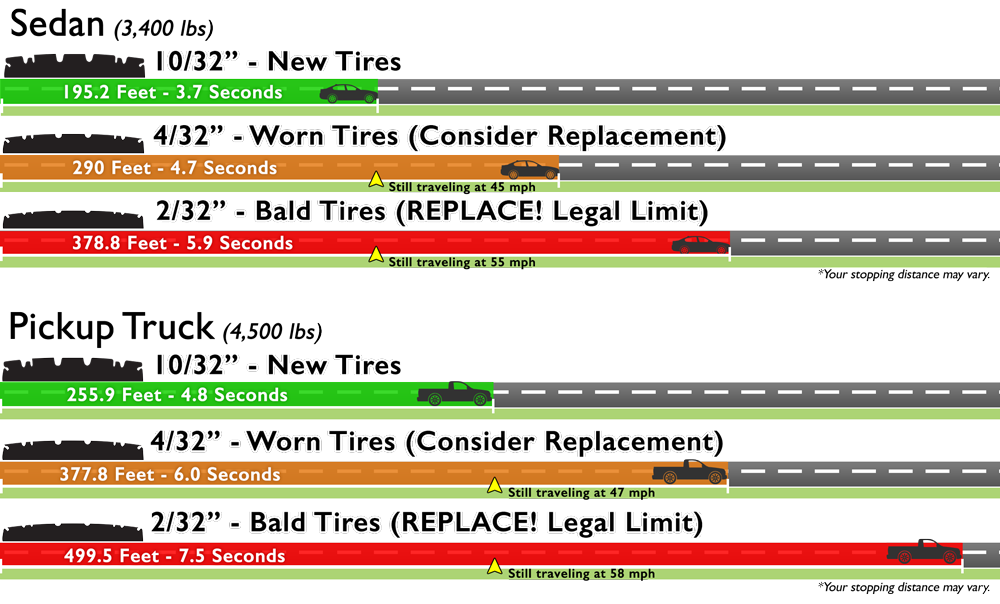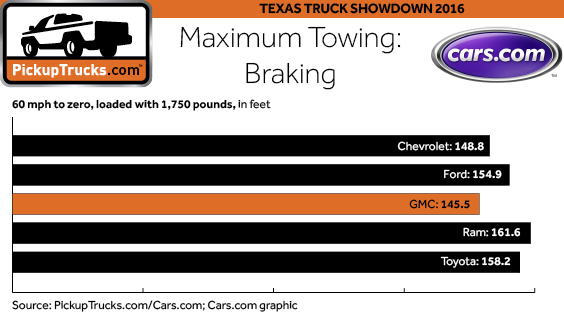Road Safety in Greater Estero By Contributing Author, Mark Novitski, and Engage Estero Consultant. Everyone has their definition of what determines road safety or, conversely, what makes our roads unsafe. In writing extensively about Corkscrew Road, I have...
By Mark Novitski, ECCL
As we prepare ourselves for the next 5 years of construction on Corkscrew Rd between Ben Hill Griffin and Alico Rd., there are a few items to keep in mind:
- Road detours and uneven pavement require more attention and slower speeds
- Workers and construction vehicles in the construction zone
- Construction debris in the roadway
- Flagman stopping and starting traffic
- Total stopping distance = Perception Distance + Reaction Distance + Braking Distance
Perception distance: The distance your vehicle travels, in ideal conditions; from the time your eyes see a hazard until your brain recognizes it. Keep in mind certain mental and physical conditions can affect your perception distance. It can be affected greatly depending on visibility and the hazard itself. The average perception time for an alert driver is 1¾ seconds. At 55 mph this accounts for 142 feet traveled.

Reaction distance: The distance you will continue to travel, in ideal conditions; before you physically hit the brakes, in response to a hazard seen ahead. The average driver has a reaction time of ¾ second to 1 second. At 55 mph this accounts for 61 feet traveled.
Braking distance: The distance your vehicle will travel, in ideal conditions, while you are braking. At 55 mph on dry pavement with good brakes, it can take about 216 feet.

Total stopping distance: The total minimum distance your vehicle has traveled, in ideal conditions; with everything considered, including perception distance, reaction distance and braking distance, until you can bring your vehicle to a complete stop. At 55 mph, your vehicle will travel a minimum of 419 feet.
A fully loaded semi-truck has the gross vehicle weight, depending on its cargo, of up to 80,000 pounds (40 tons). (Compare this to an average car’s weight of 4,000 pounds.) A fully loaded tractor trailer truck is 38 tons more than your vehicle. This means a truck will take almost twice as long to stop as your car – and even longer on wet pavements. Stopping distance for a truck also increases as speed increases, with it taking almost 50 percent longer to stop when going 65 miles per hour, compared to 55 mph.
So when you’re driving in front of a truck, don’t slow down suddenly unless it is absolutely necessary. Be sure to signal a turn or lane change in plenty of time to allow the trucker to react. If you see that traffic in front of you has come to a standstill, immediately put on your emergency flashers to alert all other drivers behind you that something is wrong.
- Maintain your tires.

- Vehicles towing anything












